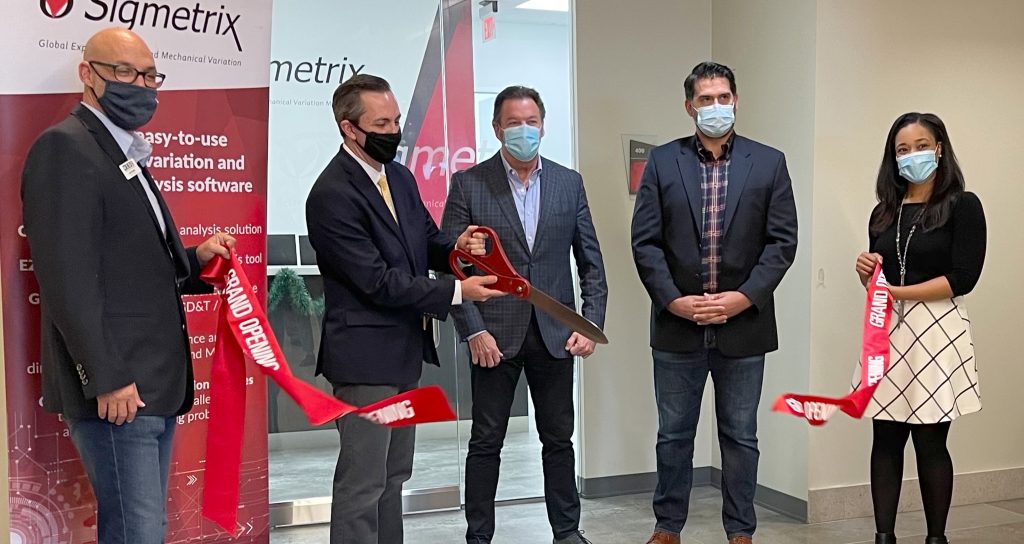Why is Tolerance Analysis Important in Product Engineering?
With shorter product lifecycles, faster time to market, and tighter cost pressures, the characteristics that differentiate a product from its competitors are now down in the details of a design. Engineers are going to the next order of resolution in order to improve cycle time and quality and to reduce costs. They are looking more closely at why they did not get the exact part and assembly dimensions they expected from manufacturing and then are attempting to optimize the tolerances on the next version of the product. Tolerance optimization during design has a positive impact on the yields coming out of manufacturing, and better yields directly affect product cost and quality. Analyzing tolerances and variations before trying to produce a product also helps engineers avoid time-consuming iterations late in the design cycle.
We are seeing increased reliance on tolerance analysis across many industries as companies seek to gain competitive advantage. For example, the electronics industry is achieving customer satisfaction objectives through a physical shrinking of their products while adding more capabilities. As electronic devices get smaller and more densely packaged, the importance intensifies to more precisely understanding the interaction of manufacturing variation and design tolerances. Likewise, in the aircraft, automotive and medical device industries, liability costs are growing while environmental requirements are being more aggressively imposed such that companies need to understand more precisely what may cause a failure. As engineers examine the interaction of critical components in systems, they are typically performing some level of tolerance analysis.




